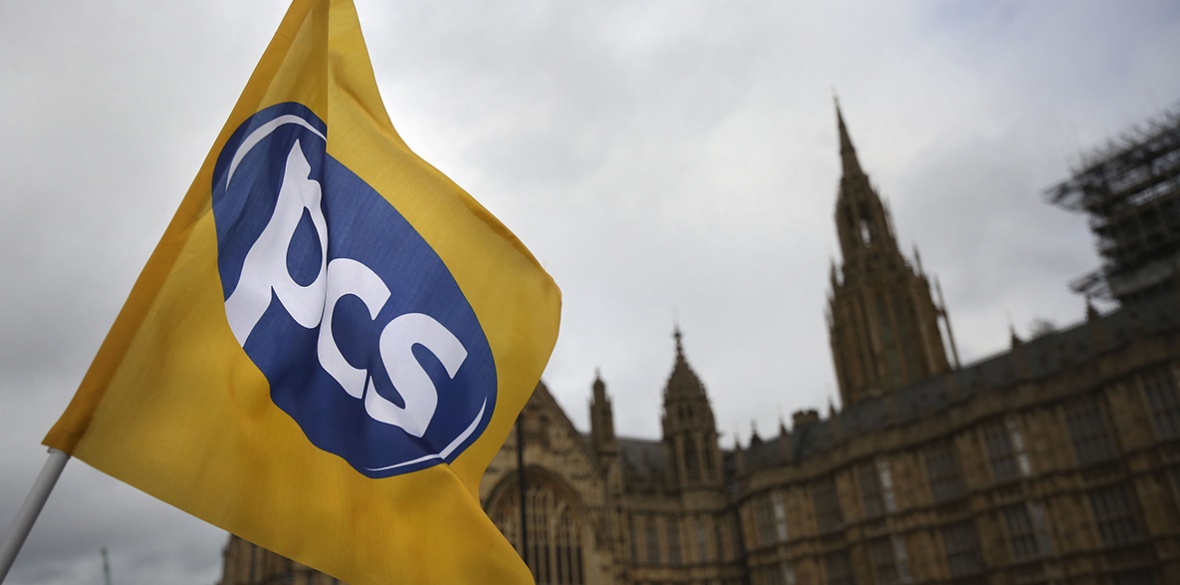This is the last article you can read this month
You can read more article this month
You can read more articles this month
Sorry your limit is up for this month
Reset on:
Please help support the Morning Star by subscribing here
HELL-BENT on making the working class pay for the 2008 banking crisis, the Tory-Liberal Democrat coalition government, elected in 2010, decided to attack the pensions rights of millions of public-sector workers, with the aim of stealing £2.8 billion from mainly low-paid women.
Unsurprisingly, workers were furious as an “affordable” pension deal had been agreed only a few years earlier.
In order to drive through its austerity policies, the government calculated that taking on the organised trade union movement would test resistance to its plans.
Government negotiator Francis Maude, a Tory millionaire, signalled he had no intention of negotiating in good faith, by demanding unions accept increased contributions, cuts in the scheme’s value and a rise in the working age before talks took place.
The government attempted to get the individual unions squabbling over the distribution of the cuts, but PCS, among others, argued for a complete rejection of detriments within the deal.
Using tactics very similar to those we are seeing today, the government sought to drive a wedge between public and private-sector workers, with the aim of normalising the “race to the bottom” as an inevitable fact of life, but workers were not taken in.
Our general secretary, Mark Serwotka, argued at the Trade Union Congress general council that the only way to defeat this attack was through union solidarity, building a co-ordinated campaign across the public sector, and for co-ordinated action to be organised by the TUC itself.
On June 30 2011 three-quarters-of-a-million workers from PCS, alongside three education unions, took the first major industrial action against the coalition’s cuts and privatisation programme.
Workers understood how these issues were linked with the pensions attack, and as the summer progressed, more unions decided to ballot their members.
Growing membership anger and pressure led to the announcement of a one-day public-sector strike on November 30 involving as many as three million workers, the biggest industrial action in modern British history, which, along with the mass demonstrations that took place in cities and towns throughout Britain, demonstrated the enormous potential power of our movement.
The Labour Party at the time, under Ed Miliband, which did not support the strike, argued that proposed coalition cuts were “too fast and too deep,” which chimed with the views of some union leaders that cuts were inevitable, and the only strategy was to mitigate them.
In contrast, PCS and a number of other unions called for escalation based on targeted, selective or rolling action co-ordinated by the TUC as the way to defeat both the attack on pensions and the coalition’s wider cuts programme.
But a “heads of agreement” document was sold by TUC general secretary Brendan Barber, which offered no concessions other than those already secured by the threat of industrial action.
Despite fierce opposition from individual unions, activists and members, the “deal” was rushed through over the festive period.
PCS Left Unity, the union’s socialist group, organised a special fightback conference for activists on January 7 2012.
Approximately 600 turned up, demonstrating the scale of the anger at how public-sector workers were being betrayed.
PCS continued to attempt to rebuild a coalition of unions to fight on, and further action took take place the following May involving PCS, UCU, Unite and borders and immigration union, the ISU.
The RMT joined in too, as did the prison officers’ union, POA, which disregarded a no-strike ban in order to do so.
But this was just not enough, as the level of industrial action to win on pensions could not be achieved, given the “agreement” that had already been reached.
While this self-inflicted industrial defeat meant further cuts to public-sector pensions, already among the lowest in Europe, its political consequences were far more serious.
The government was effectively given a green light to proceed with its austerity programme that devastated public services which the working class depend on, with the specific targeting of the unemployed and the disabled.
Among the many lessons that might be drawn from all of this, one stands out above all others: that attacks on public-sector services and workers’ conditions stem from the same source — the government, and only mass, co-ordinated campaigns and industrial action can stop them.
So when you hear leaders on the left calling for joined-up, co-ordinated action in order to challenge government cuts and further privatisation, it is because a mass campaign of action, involving all parts of the movement — private-sector and public-sector workers campaigning together — is required to take on and defeat this government’s austerity plans.
This is what we now need to build in the period ahead, linking our struggles wherever possible to mount the biggest, most co-ordinated response possible to further attacks, cuts and austerity.









